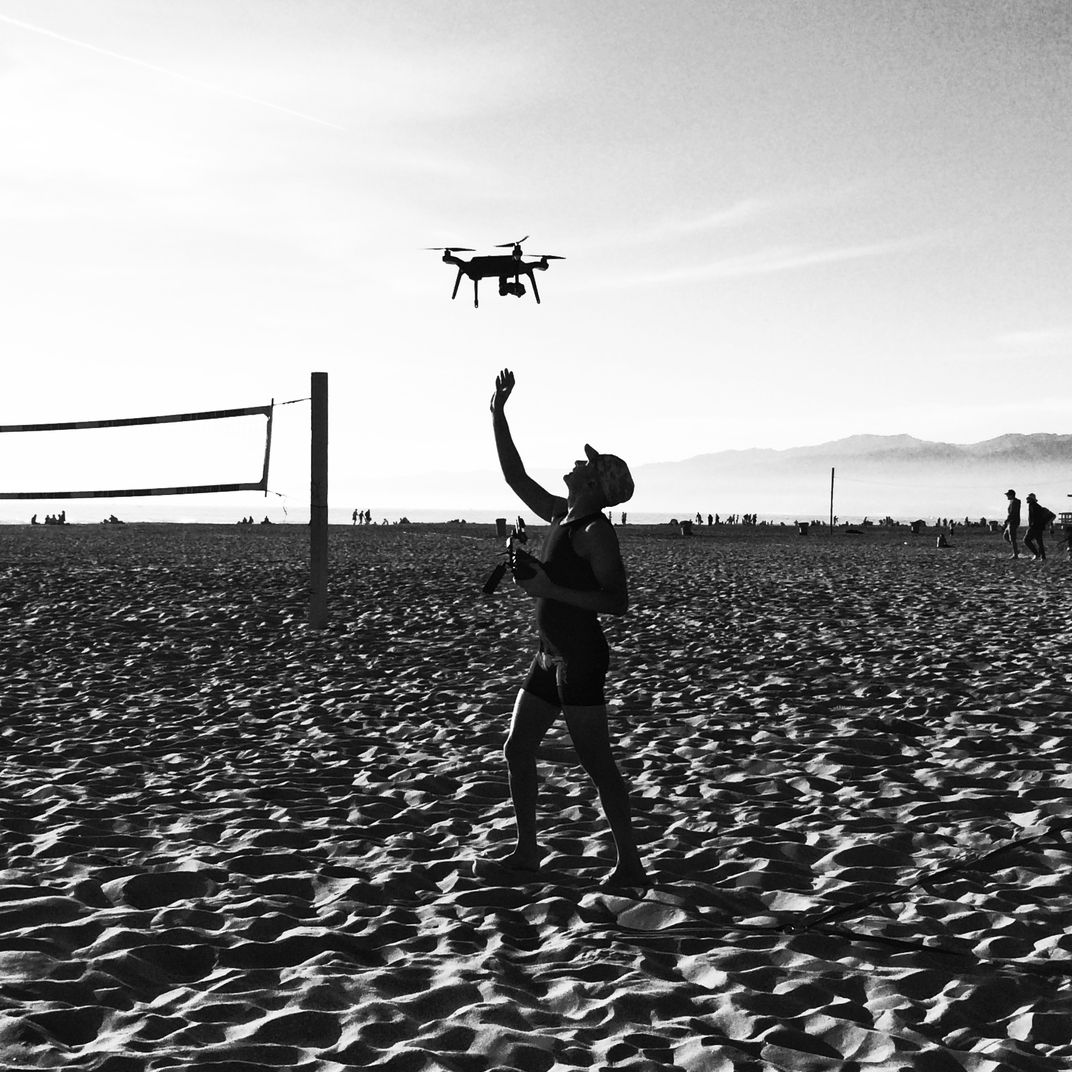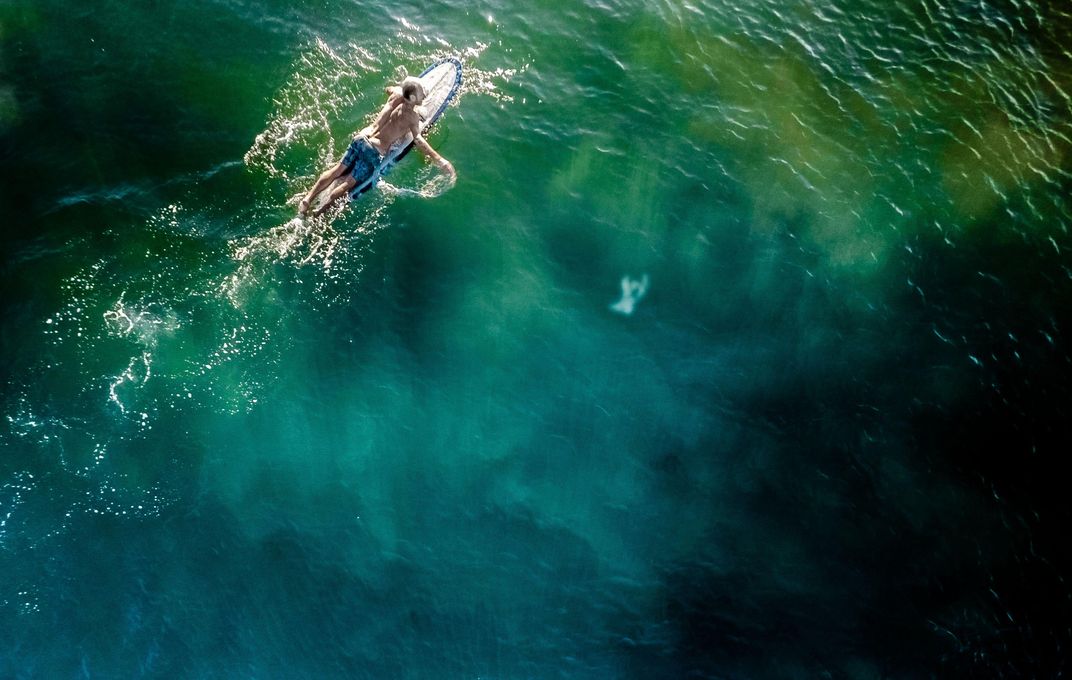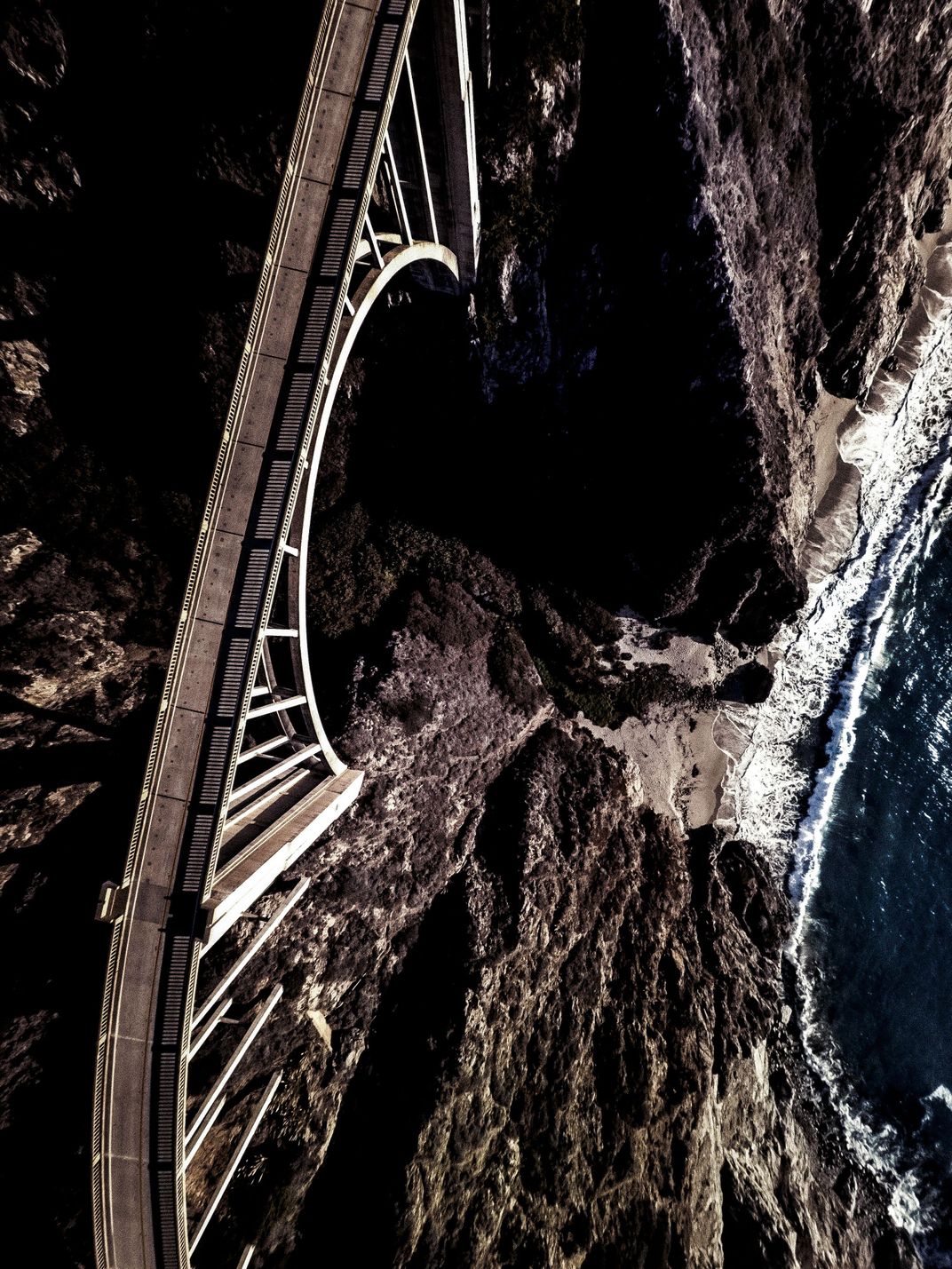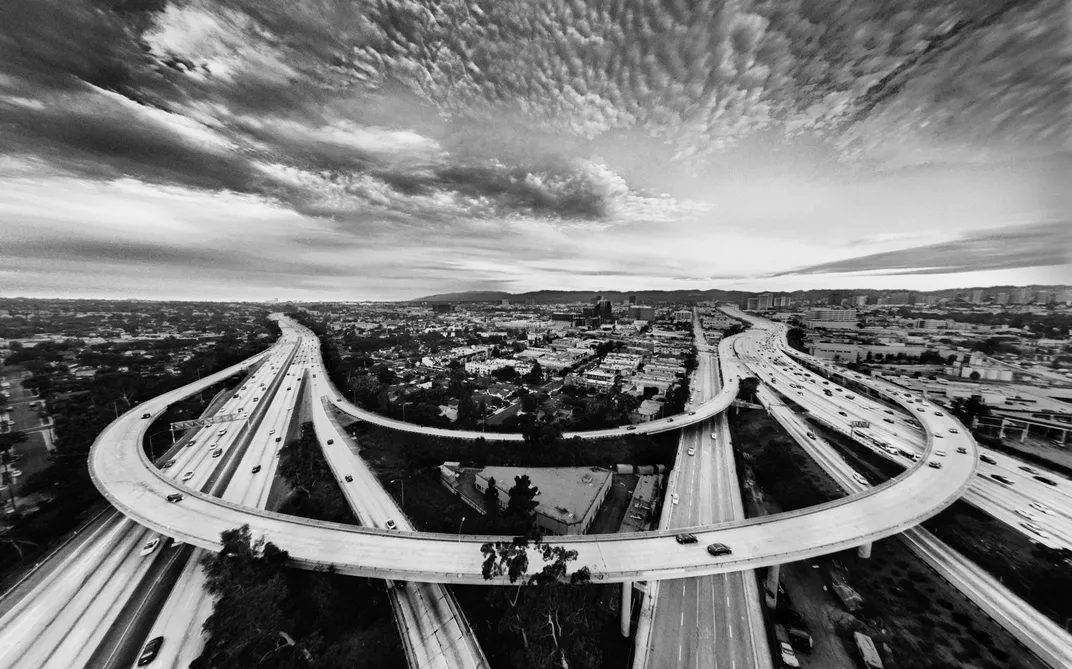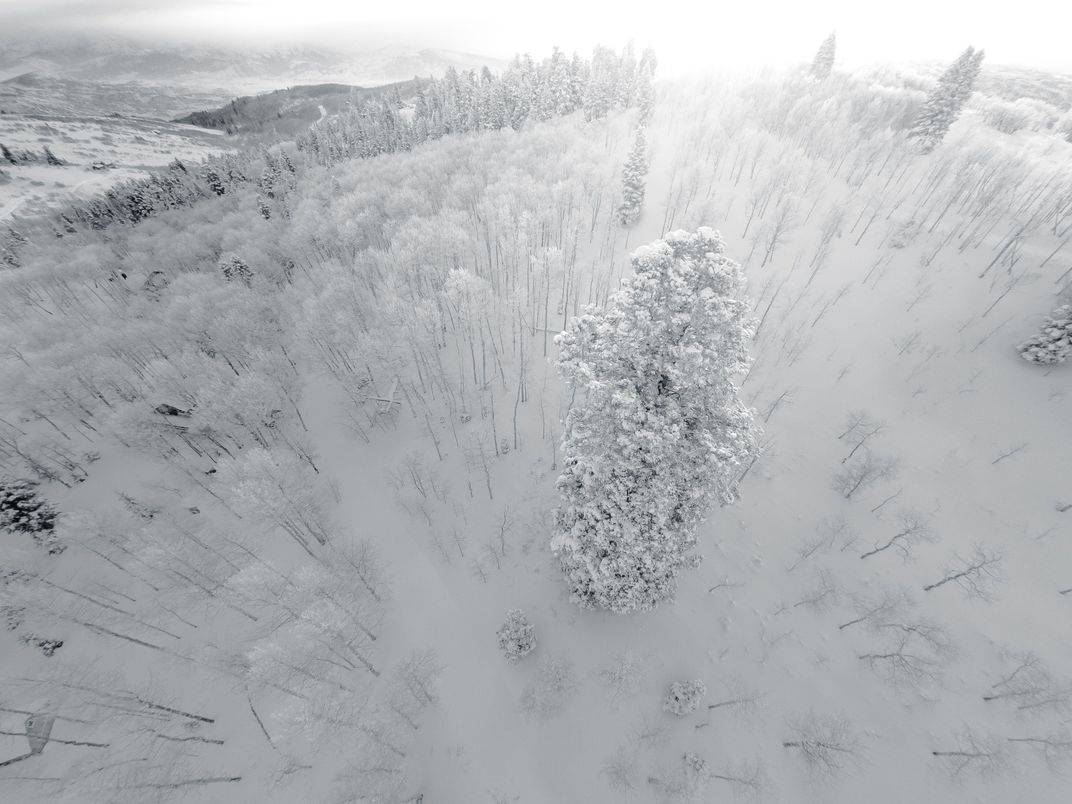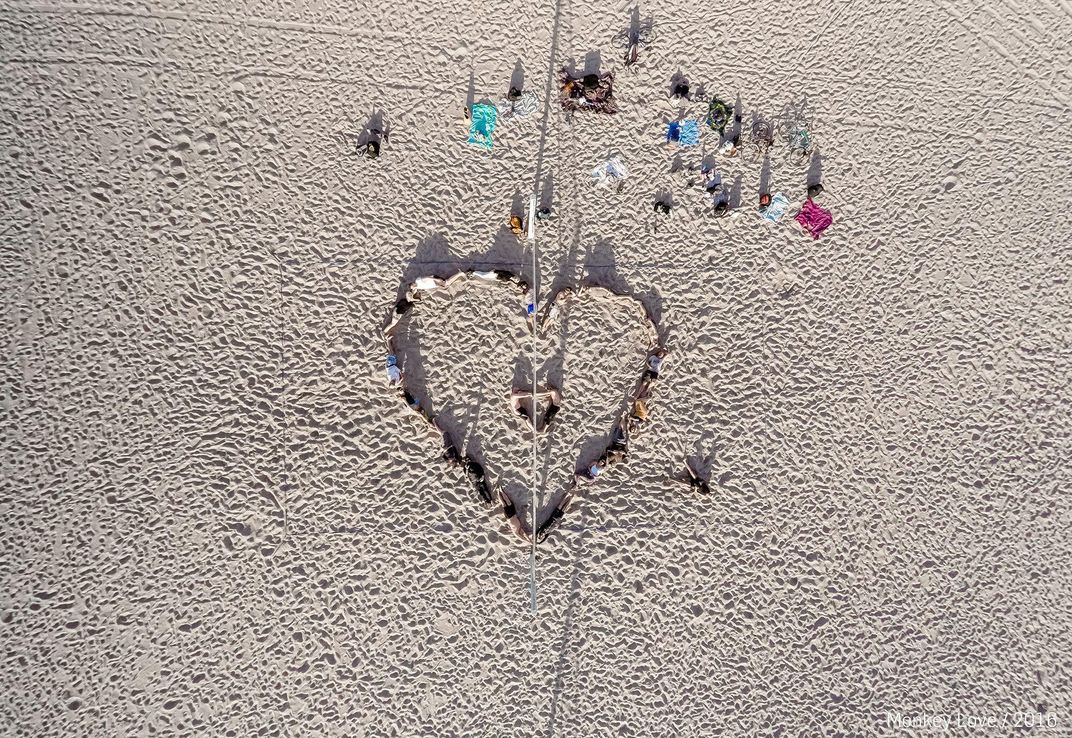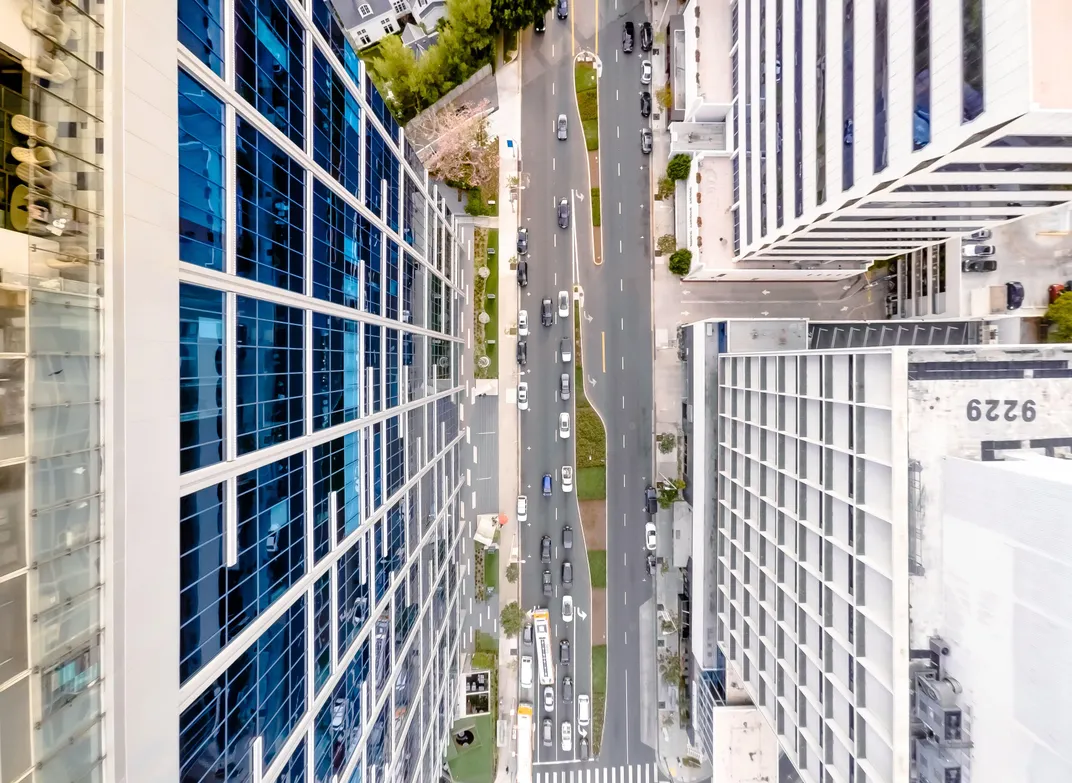An Aerial Photographer Asks: Could We Have Some Clarity in U.S. Drone Laws?
Because right now, they’re a mess.
Like many of my friends in the Los Angeles creative community, I like to travel to Joshua Tree National Park to reset and recharge. In fact, visiting Joshua Tree is an essential part of my work rhythm. I especially like the way the park sounds—for me, it’s incredibly grounding and powerful.
While climbing on the rocks a few months ago, I heard a swarm of hornets speeding toward me, and instinctively started scanning the horizon for an escape route. Then I realized I was hearing a quadcopter.
Having a UAV fly over your head in a national park is at best annoying, and in this case was alarming. It’s about the last thing your nervous system wants when you’re trying to enjoy the outdoors. And it’s made me think about my own relationship with UAVs, which I’ve been using for about a year in my work as a photographer.
I’ve been of two minds about making art with quadcopters since the day I started. I will probably fail at describing the thrill of flying a camera. I’ve chased the new Batmobile around for the upcoming Warner Brothers DVD release, Batman v. Superman: Dawn of Justice, I’ve flown over the massive waves of Big Sur, and last month, The Lucie Foundation showed an aerial I made of surfers-in-waiting for PhotoLA. I’m guessing pretty much every visual artist is drawn to unique points of view, but “going vertical” only became affordable very recently, with the advent of affordable UAVs.
That is, until they pretty much became illegal.
Besides being an artist, I’m an early adopter. I participated in the FAA’s beta-test program for its flight-logging app, which lets UAV operators know where it’s safe and legal to fly. The app collected flight data to help the FAA prepare legislation and to help devise a way to alert local airports about flights. So far so good. But once the agency released registration requirements for UAVs late last year, and had users go to a sign-up website, things started to get confusing.
The trouble is, the FAA is a national agency, but every city has its own set of laws. In Los Angeles it’s prohibited to fly within 25 feet of a person, or in any L.A. County park. The FAA prohibits flying over people, but doesn’t say how high. Factor in California’s state laws and you end up with a bizarre and unenforceable stew of rules that makes it illegal to create virtually every image I’ve ever photographed. Almost every flight in Los Angeles violates a law in some way.
Never mind that the FAA’s drone laws may not themselves be legal, or that they seem an overreaction to what turns out to be very few actual incidents. My own feeling is that after reading the FAA’s rules, many hobbyists may opt not to register at all, and will operate under the radar.
It seems that whenever technology democratizes or disrupts a previously gated business (like music or taxi cabs) people who have had exclusive control of that domain get very annoyed. Airspace just happens to be the current example. Combine that with the fact that unlike technology, government is slow-moving by design. And when government acts quickly, as in this case, I’m worried that dialogue will suffer.
The FAA and local governments should recommit to a “Notice and Comment” phase before passing legislation, so that all parties are invited to engage in thoughtful dialogue, from farmers who use UAVs to monitor their land, to artists who bring back novel images of the world around us, to citizens (and downhill skiers) who have a right to worry about UAV crashes, noise, and privacy.
I’m not one of those who think these machines can be made foolproof. Crashes are a reality, despite the fact that flying cameras are advancing rapidly. Even entry-level aircraft now have advanced GPS and gyro sensors that allow them to self-stabilize, counteract wind and fly home if they lose contact with their pilot. My 3DR Solo has advanced automated modes that let me draw a flight path on my phone screen for the UAV to follow. But as you can see from the video of the skier above, even professional aircraft can and will fail. Some companies rush products to market with beta software (my very first ’copter arrived with bugs, and decided to attack me before taking off into a tree).
What concerns me as much as safety is noise. Every generation has had to get used to new sounds as technology advances. A century ago, city dwellers exchanged the smell of horse manure for the loud ruckus of internal combustion engines. A few decades later we were introduced to the sound of leaf blowers and ringtones in restaurants. If Amazon’s drone delivery service and human-sized quadcopters take to the air, I’m wondering if the sound of low-flying traffic will become our new reality. I imagine this will be unpleasant, unless Elon Musk has already sketched a silent propeller on the back of one of his napkins.
But UAVs are likely here to stay. The Lily waterproof flying camera has collected $34 million in presales from 60,000 people and it doesn’t even exist yet! GoPro will be releasing Karma this year, and is naturally advocating consumer rights. In response, the FAA is talking about changing its regulations to consider a drone’s tech capabilities vs. weight. If that happens, consumers stand to win (by having more freedoms) and lose (by having more noise, including in formerly peaceful places like national parks).
I hope this is the beginning of a rich dialogue between citizens and the FAA that will lead to a clear list of rules for UAV pilots. This is important, because if there is no dialogue, the pilots may go rogue like other fringe artists. Except that there will be thousands of them.
Saam Gabbay is a director and photographer in Los Angeles. No humans were harmed in the writing of this op-ed.
